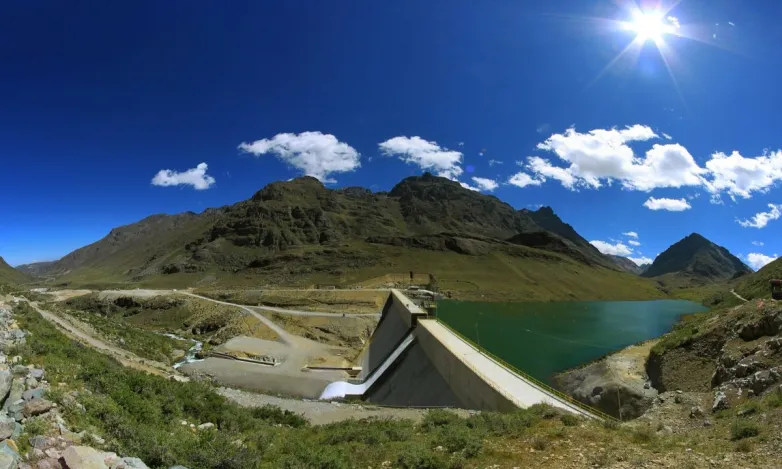Coupling pumped hydro with renewables and other storage technologies
- The combination of pumped hydro with other storage technologies can increase renewables penetration, improve operational safety and reduce maintenance costs at large-scale hydropower plants, according to new research. The study also focuses on techniques to determine the optimal size of renewables-based pumped hydro storage systems. Costs for hybrid solar-pumped hydro projects currently range from $0.098/kWh to $1.36/kWh.

Pumped hydro storage, when combined with other energy storage technologies, can provide a greater range of services while also enhancing overall system reliability – especially if it is also coupled with off-grid renewable energy.
This is one of the main findings of the study Solar-wind-pumped hydro energy storage systems: review and future perspective, published on the ScienceDirect website. The research – which was conducted by scientists from Shanghai Jiao Tong University, Sweden’s Mälardalen University, and Poland’s AGH University of Science and Technology – provides an extensive review of pumped hydro storage facilities combined with hybrid solar-wind power supply systems across the world. The study also analyzes several simulation methods and other techniques to determine the optimal size of renewables-based pumped hydro storage systems.
Suitable topography
As a technologically and economically viable option, pumped hydro should be used to complement hybrid storage. There is currently about 129 GW of pumped hydro storage capacity installed throughout the world. The study reveals that the largest projects are located in the Asia-Pacific region (66.4 GW), Europe (51.7 GW), and North America (22.9 GW).
The researchers said that a lack of suitable topography and effective design outlines are still limiting the development of pumped hydro. However, the technology can provide a number of benefits, as it can track changes between supply and demand, and can adapt to sudden load changes. It can also maintain voltage stability and frequency modulation. Furthermore, it can facilitate the integration of large volumes of wind and solar capacity into the grid by ensuring stability and meeting the demands of end users.
Hybrid solar-pumped hydro
The researchers said that technology costs for hybrid solar-pumped hydro projects currently range from $0.098/kWh to $1.36/kWh. “Appropriate selection of PV-tracking technology is a major influencing factor on proposed systems cost variation, while PV panel and reservoir costs contribute more than 90% of the total cost,” they wrote, noting that the payback period for such projects is between 10 and 15 years, depending on the size.
Projects combining pumped hydro with both wind and solar are said to vary from $0.099/kWh to $0.286/kWh, depending on policies, subsidies and taxes, with payback periods ranging from five to eight years, depending on the size and use of the pumped hydro facility.
“The provision of PHS as bulk energy storage seems a promising option, to address high electricity production cost and to meet increasing future energy demand in isolated areas,” the researchers concluded.
Pumped hydro is highly cost competitive as a large-scale energy storage solution, according to a recent report by the San Diego County Water Authority. The higher capital costs of pumped storage technology versus battery storage are outweighed by the longer lifetime of pumped storage, which gives it a lower levelized cost, the authority said.
Another recent study by the Australian National University identified potential sites for off-river pumped hydro projects throughout the world. The researchers noted 530,000 locations that could be suitable sites for 22 million GWh of hydro-pumped storage capacity in the future.
Also read


